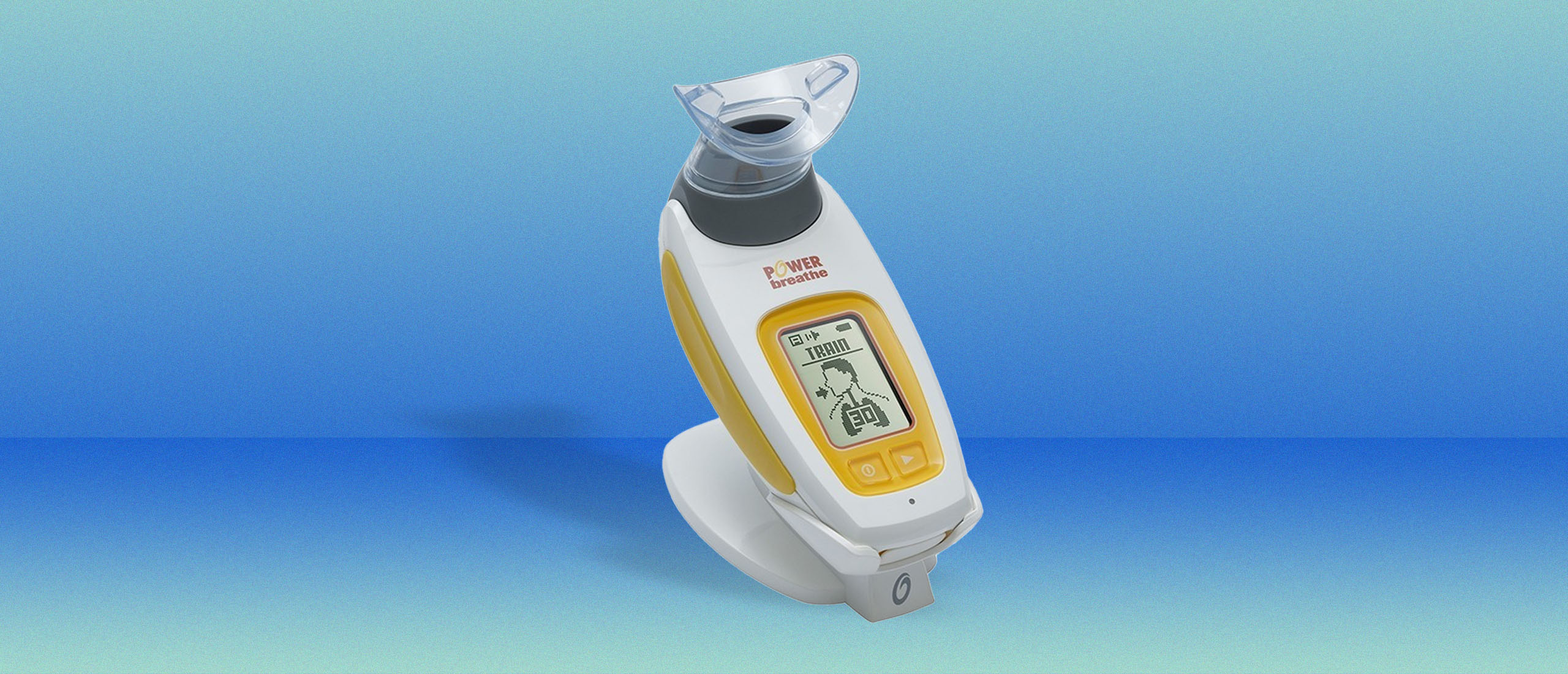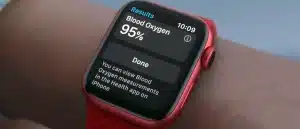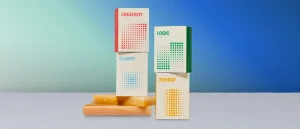How Much Can You Breathe Press, Bro?
I like lifting weights. There are tens of thousands of ways to do it, but, once you strip away all the tedious arguments around the best way to do it, the idea is fundamentally simple: pick up heavy thing, get stronger. Why not apply that logic to more parts of the body?
At the end of the summer, NPR’s coverage of a “breath training” study went viral—or at least as viral as a study on “breath training” could be expected to go. The study, led by University of Colorado Boulder researcher Daniel Craighead, found that using a breath resistance trainer—a PowerBreathe device was used in the study—significantly reduces blood pressure, prevents high blood pressure, and could aid sports endurance. It doesn’t take a scientist to know that any of those findings is monumental news, which makes all three a landmark event.
It got us thinking: what’s it like to use a tool that could improve fitness performance in the present while (to a degree) future-proofing your respiratory and circulatory systems? We got a hold of one to find out.
What Is a PowerBreathe?
The study led a tidal wave of would-be powerbreathers to breath resistance training devices, particularly those from PowerBreathe. The company, which has been around in some form since the late 1990s, placed nearly every product—its offerings start at simple $40 mechanical options and run up to a $499 digital personal breathing trainer— in its catalog on backorder, with expected shipping times pushed out by a month or more. But PowerBreathe and other breath resistance trainers aren’t new. The first inspiratory muscle training (IMT) device was made in 1996.
How do breath trainers work?
The gist is simple: IMTs, which look a bit like fancy inhalers, create resistance with every inbound breath (hence the “inspiratory” I). The dome-shaped diaphragm, which is most responsible for forcing air in and out of the body and sits just below your heart and lungs, is a muscle. Applying resistance on inspiratory breathing works just like curling a dumbbell does—over time, the targeted muscles strengthen.
What do breath trainers do?
A stronger diaphragm means more efficient breathing. More efficient breathing means fewer complications for elderly people with respiratory or heart conditions, for one, but the big learning from the University of Colorado Boulder study was that using a breath trainer in this way may reduce high blood pressure across the age spectrum (test subjects ranged age 18 to 82).
The study found that the training research subjects went through—30 breaths through the trainer per day for six weeks—reduced blood pressure by roughly 9 millimeters of mercury, or about as much as standard aerobic workouts like running, walking, or rowing might. NPR’s coverage of the study quotes the Mayo Clinic’s Michael Joyner, who said that kind of reduction in blood pressure is what you’d expect from some blood pressure medications.
The researchers also noted their surprise at the benefit of breath training across age groups, suggesting they didn’t expect younger participants to see as much benefit. All participants saw “robust” effects, according to Craighead.
Lastly, it’s suspected to increase aerobic performance significantly, building off a paper published earlier in 2022 that detailed a 12 percent increase in aerobic exercise tolerance in middle-aged and older adults.

PowerBreathe Review: My Month of Heavy Breathing
Day 1: I (and you) suck at breathing
As research accumulates and points to almost purely positive effects, the promise of breath resistance training is not difficult to see. Personally, the most exciting part of this very nerdy viral research paper was the commitment level researchers laid out—one five-minute breathing session a day. Folks, I take five minutes to get through a single stretch at the gym. I take five minutes to answer an email from someone I’d rather ignore. I take five minutes to find my car keys most mornings. You’re saying five minutes—and the $65 I spent on the PowerBreathe Plus Medium Resistance—can significantly reduce the risk of high blood pressure as I age and help me through some workouts? Sign me up.
After a month-and-a-half of waiting (thanks, NPR), it finally arrived. It took about a minute to assemble and another five or so to read the instructions, and I was on my way.
I blew a big breath out, put my mouth over the breathing tip, sucked in, and slowly released. Per the instruction manual, I set the device to its lowest resistance setting beforehand. I also get no fewer than four workouts in per week, and I’m at an age where one isn’t yet thinking about blood pressure. None of that mattered.
You’re meant to complete 30 breaths through the device per five-minute session. My first session took me a little under ten minutes. I muscled through my first six or seven breath curls before seeing stars and taking a brief break. It turns out my breathe press is lagging behind my bench press by quite a lot.
Day 15: Noobie gains
I reached the 30-breaths-in-five-minutes mark the researchers established just a few days into the program and felt my respiratory ego return. So I turned up the resistance by about a quarter, and, like the feeling I got when I first started curling 25-pound dumbbells, the regained confidence was fleeting.
I wouldn’t say it was back to square one, upon which I was unable to get close to our 30-breath threshold in the prescribed time, but I was completely gassed by the end of the session. Once I finished, I cursed in between quick breaths and threw the device on the counter and my body on the living room floor. My dog consoled me as my partner walked in from a grocery run. He asked me what I was doing, to which I could only reply breathing.
Day 30: To a more jacked diaphragm
I’m not sure what standard breath resistance training progression looks like, but after two weeks I felt my diaphragm rise to the challenge. Three days after the day 15 debacle I raised the resistance by another quarter, and again three days after that, and reached the maximum resistance offered by day 24. The difficulty remained high, but as with any other form of exercise, the body adapts. My inward breaths were more controlled and less rushed, and I didn’t feel my heart rate soaring quite as quickly as before (interestingly, my Oura Ring didn’t catch much change in heart rate data for that month; perhaps because the training sessions were only five minutes long?).
Though I don’t have hard data to prove it, I can feel some exercises becoming generally easier to get through. The most obvious being the fast, high-incline treadmill walk I use to warm up my joints on lower-body days. I usually walk on max incline for ten minutes and am struggling by minute eight or so; a month after resistance breath training and I’ve added five minutes to the walk and increased the pace by about 10 percent.
PowerBreathe’s website says after four to six weeks of daily training you should be able to cut the sessions down from daily to something less strenuous, but still regular. I’m doing it M-W-F for now and plan to reevaluate in a couple more months.
It should be said that I wasn’t able to identify the exact PowerBreathe device the researchers used with their test subjects, so there’s a chance the device I started on was significantly more challenging (or somewhat easier) than the devices given to participants. Click around PowerBreathe’s website and it will guide you to the best device for you.
Should You Get a Resistance Breathing Trainer?
The research suggests resistance breath training benefits all age groups, which, for me, means everyone who’s able should at the very least consider it. Hypertension can lead to heart disease and stroke, which are leading causes of death in the U.S. If a five-minute exercise could significantly reduce your odds of that, don’t you think it’s at least worth a Google or two?
That said, if you or someone you know has or has had a condition that might limit the use of such a product, it’s worth consulting a physician (PowerBreathe suggests as much here).











